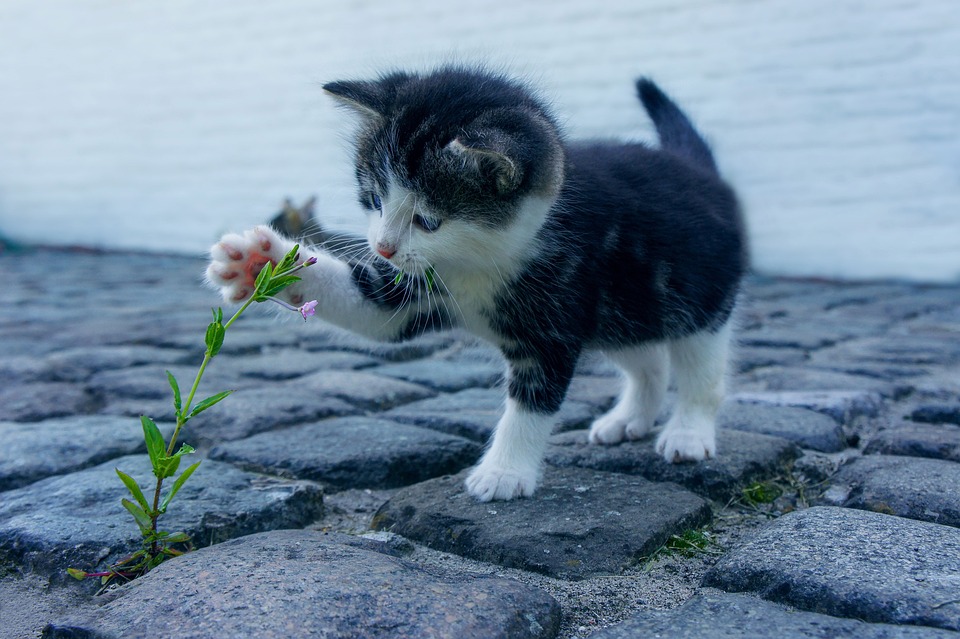
Owning a cat can be a rewarding experience, but when your feline friend is anxious or stressed, it can be challenging for both of you. Anxiety in cats can stem from a variety of sources, including changes in their environment, unfamiliar visitors, or even underlying health issues. Understanding and addressing your cat’s anxiety is crucial for their well-being and your peace of mind. In this article, we will explore proven techniques to help soothe your anxious cat, offering practical advice and strategies to enhance cat behavior and training.
Understanding Cat Anxiety
Before diving into solutions, it’s important to recognize the signs of anxiety in cats. These can include:
- Excessive grooming or licking
- Hiding or avoiding interaction
- Aggression or irritability
- Changes in appetite or litter box habits
- Vocalization such as yowling or crying
Identifying the root cause of your cat’s anxiety can help tailor your approach. Common causes include new pets or people in the home, moving to a new location, or changes in routine.
Create a Safe and Comfortable Environment
Provide a Sanctuary
One of the simplest ways to alleviate stress in your cat is to provide a safe, quiet space where they can retreat. This could be a specific room or a cozy corner with a comfortable bed, toys, and access to food and water. Make sure this area is free from loud noises and disturbances.
Use Pheromone Diffusers
Pheromone diffusers mimic the natural calming pheromones that cats produce. These can help reduce stress and create a more serene environment. Place diffusers in areas where your cat spends the most time.
Interactive Play and Enrichment
Engage in Regular Play
Interactive play is essential for reducing anxiety in cats. Use toys that mimic prey, such as feather wands or laser pointers, to engage your cat’s natural hunting instincts. Regular play sessions help burn off excess energy and reduce stress.
Provide Mental Stimulation
Mental enrichment is just as important as physical exercise. Puzzle feeders, treat-dispensing toys, and interactive games can challenge your cat’s mind and prevent boredom, which can contribute to anxiety.
Establish a Routine
Cats thrive on routine, and unexpected changes can lead to anxiety. Try to keep feeding, play, and grooming sessions consistent. This predictability helps your cat feel secure and reduces stress.
Introduce Changes Gradually
When changes are necessary, whether it be a move or a new pet, introduce them slowly. Allow your cat to explore new spaces or meet new animals at their own pace, ensuring positive experiences with treats and praise.
Behavioral Training Techniques
Positive Reinforcement
Positive reinforcement is a powerful tool for training and reducing anxiety. Reward your cat with treats and affection for calm behavior and following commands. This reinforces the idea that being calm and compliant results in positive outcomes.
Desensitization
If your cat is anxious about specific triggers, such as the vacuum cleaner or the car, gradually expose them to these stimuli in a controlled manner. Start with low-intensity exposure and slowly increase it, rewarding your cat for remaining calm.
Consult a Veterinarian
If anxiety persists despite your efforts, it may be time to consult a veterinarian. There could be underlying health issues contributing to your cat’s anxiety, such as pain or illness. A vet can also discuss the possibility of medication or supplements to help manage your cat’s anxiety.
Consider Professional Help
For particularly challenging cases, seeking the help of a professional animal behaviorist can be beneficial. They can provide tailored strategies and training plans to address your cat’s specific anxiety issues.
Conclusion
Helping your anxious cat find serenity requires patience, understanding, and a willingness to try different approaches. By providing a safe environment, engaging in regular play, and using proven training techniques, you can significantly reduce your cat’s anxiety and improve their quality of life. Remember, each cat is unique, so it may take some time to find what works best for your feline friend. With persistence and love, you can create a calm and harmonious environment for both you and your cat.
#ChatGPT assisted in the creation of this article.








